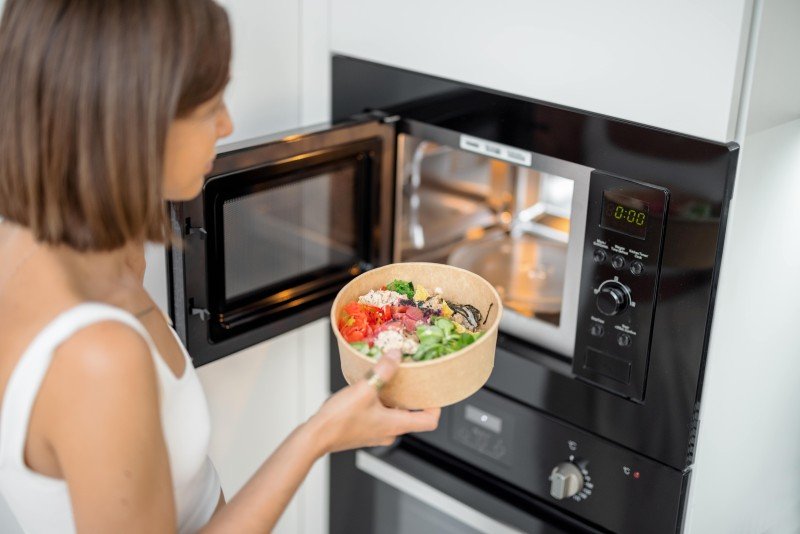The Essential Guide to Oven Hobs: Selecting the Right One for Your Kitchen
When it pertains to home cooking, couple of home appliances are as vital as the oven hob. This versatile tool is essential for a range of cooking techniques-- boiling, frying, simmering, and sautéing. Provided the myriad of options readily available on the marketplace, choosing the ideal oven hob for one's kitchen can be daunting. This article intends to supply a thorough take a look at oven hobs, discussing their types, functionalities, advantages, disadvantages, and essential factors to consider when buying one.
Comprehending Oven Hobs
Oven hobs, typically referred to as cooktops, are flat cooking platforms that include burners or heating aspects. They can be integrated with an oven or stand-alone. The choice of an oven hob can significantly impact cooking efficiency and benefit.
Types of Oven Hobs
Oven hobs are available in different types, each with distinct functions. Below are the most common types offered:
| Type | Description | Benefits | Drawbacks |
|---|---|---|---|
| Gas Hobs | Uses gas or gas | Immediate heat and precise temperature control; works well with all pots and pans | Needs a gas connection; less energy-efficient than electric |
| Electric Hobs | Usage electric coils or convected heat | Easy to clean up; constant heat distribution | Slower to warm up; can be less responsive than gas |
| Induction Hobs | Uses electromagnetic fields to heat pots and pans straight | Quick cooking; energy-efficient; simple to tidy | Requires compatible pots and pans; normally more expensive |
| Ceramic Hobs | Flat glass-ceramic surface with radiant heat | Aesthetically pleasing; simple to tidy | Can be vulnerable to scratching; slower to heat than induction |
Secret Features of Oven Hobs
When picking an oven hob, several functions need to be considered:
- Size & & Configuration: Available in various sizes, oven hobs can accommodate numerous pots and pans. Standard options are normally 30, 36, or 48 inches wide.
- Power Output: Look for hobs with varying power levels for different cooking procedures. High-powered burners are excellent for boiling, while lower-power ones can be used for simmering.
- Control Types: Choose between knob controls and touch controls. Knobs provide tactile feedback, while touch controls offer smooth styles and additional performances.
- Safety Features: Options like automatic shut-off, kid locks, and flame failure gadgets are crucial for preventing mishaps.
- Ease of Cleaning: Choose models with smooth surface areas or removable parts for easy maintenance.
Benefits and Disadvantages
Understanding the benefits and drawbacks of various oven hobs can assist in making a notified decision.
Benefits
- Adaptability: Suitable for numerous cooking approaches, from boiling to frying.
- Speed: Many hobs heat quickly, specifically induction models.
- Energy Efficiency: Some choices, like induction hobs, can decrease energy intake compared to conventional techniques.
Drawbacks
- Expense: High-end models, especially induction hobs, can be costly.
- Installation: Gas hobs need expert installation and a gas supply, which might incur extra expenses.
- Compatibility: Not all cookware works on induction hobs, requiring additional purchases.
Purchasing Considerations
When selecting an oven hob, consider the following elements:
- Cooking Style: Assess how frequently and what type of cooking you do to determine the best hob type.
- Kitchen Layout: Measure your kitchen area to ensure the hob fits and matches other appliances.
- Budget: Determine just how much you are willing to invest. Consider setup and the expense of any essential cookware.
- Energy Source: Evaluate the accessibility of natural gas or the electrical capability of your kitchen to decide between gas and electric alternatives.
FAQs About Oven Hobs
Q1: What is the difference in between a cooktop and an oven hob?A cooktop and an oven hob usually describe the same appliance. Nevertheless,"cooktop "is a wider term that includes both standalone hobs and integrated units with ovens. Q2: Can I use any pots and pans on an induction
hob?No, induction hobs require ferrous( magnetic)pots and pans
to work. Pots and pans made from product like stainless-steel or cast iron is ideal, while aluminum and copper without magnetic homes are not. ovensandhobs.uk : How do I tidy my oven hob properly?Cleaning methods depend upon the kind of hob.
Generally, a moist fabric and mild detergent work for glass-ceramic surfaces, while a particular hob cleaner is perfect for induction. Gas hobs need taking apart burners for extensive cleansing. Q4: Are induction hobs safe for cooking?Yes, induction hobs are usually more secure than gas hobs as they do not produce an open flame,and the surface cools off rapidly. Many models likewise feature child safety locks. Q5: How often must I replace my oven hob?The lifespan of an oven hob differs based on the type and usage. Normally, they last around 10 to 15 years.
Routine maintenance can help extend this period. Picking the ideal oven hob for your home can considerably boost your cooking experience. With an extensive understanding of the types, features, advantages, and considerations, anyone can make an educated option. From the high heat of gas to the efficiency of induction, there is a hob suited to every cooking need. Eventually, the right oven hob can transform cooking from a mundane job into an art form, enabling culinary lovers to produce tasty meals with ease.

